Both India and USA being former British colonies have undergone a lot of changes in the socio-economic and political spheres. They have emerged as strong global powers from scratch and share common interests in a variety of areas like health, education, defense, and services. Having a strong economic base and diaspora, both the countries have plethora of opportunities to grab and benefit from.
India-USA relations is reflected strongly even in the Indian constitution. The idea of Fundamental Rights was inspired by the US constitution.
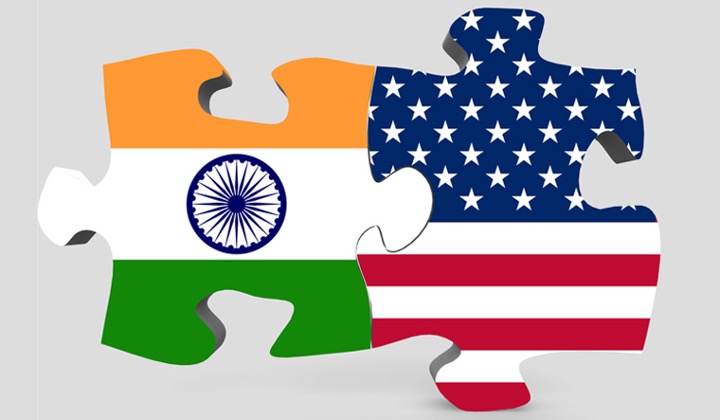
Historical background of India-US relations
Dating back to the Cold War era, India and US have had their share of interests and differences. Initially when India was allied to the US, tensions slowly emerged after India adopted Non-Aligned Movement and US became a capitalist. India tilted towards the principles of USSR. Tensions deepened when India took the side of Pakistan during the Indo-Pak war.
But Indo-US ties have deepened since the end of Cold War, opening new avenues for both the countries. The three core factors that facilitated convergence were the disintegration of USSR, opening of the Indian economy in the 1990s-LPG reforms, and the strong bridge in relationship offered by more than three million Indian diaspora.
India's core interests for engagement with US
Defense
Health, Innovation and Science
Energy
Climate change
Education
India and the US grew closer as strategic partners in the Indo-Pacific but could not find much common ground on the Russia-Ukraine war. Bilateral relations expanded between India and US as based on various factors like Indian economy and its increasing market size, influence of Indian diaspora in American politics, and the latest issue of containing the growing aggression and sphere of influence China held.
Challenges ahead for Indo-US relations
India’s decision to be non-aligned during the Cold War era has always been a point of concern for the US.
India withheld military support and supply of troops to Afghanistan after the 9/11 tensions.
Oil crisis and India engaging with US adversaries.
US withdrawing duty free benefits, hence affecting Indian exports.
Indian democracy criticized by the US.
Economic tensions due to various Indian policies made US contemplate that the Indian market is becoming protectionist.
Areas of interest and prospects: future possibilities
1. Defense and Space
The countries have a supple chain agreement for collaboration in defense and space under US-India Initiative on Critical and Emerging Technologies (iCET). Indian officers at US commands, INDUS-X, and MoU for manufacture of jet engines in India.
For lunar and space exploration, NASA training Indian astronauts to launch joint mission of ISRO and NASA to the ISS in 2024.
India and US in the INDUS-X facilitate joint defense innovation and funding start-ups as a part of iCET initiative.
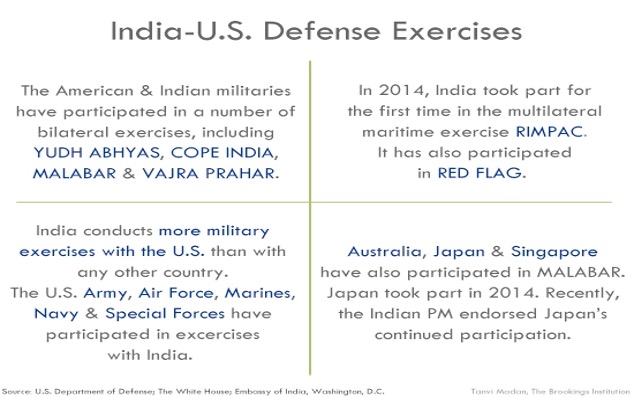
2. Economy, Trade, and Investment
The US has become India’s largest trading partner as US-India goods trade touched $128 billion in 2022-23. WTO issues and disputes of past have been resolved leading to greater market access and establishment of new consulates in both India and US. On the economic side, even though investments have increased, it is still less than 1% of global investments. Increasing the investments in different areas of interest will strengthen the relationship.
US has relaxed the H1B visa norms making it easier for the movement of diaspora and increasing the interest, ease of travel and business.
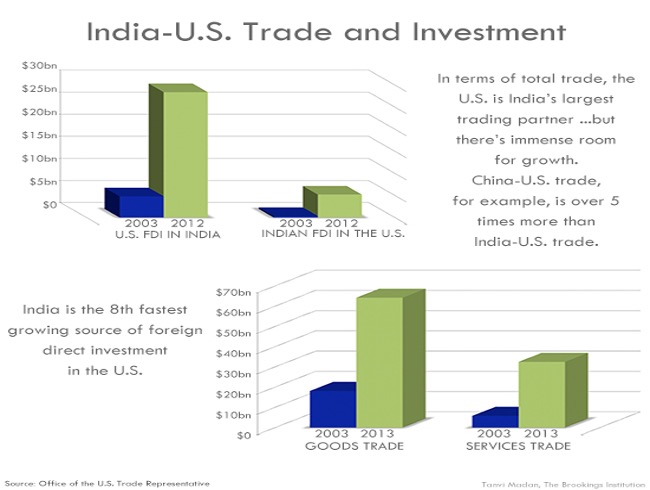
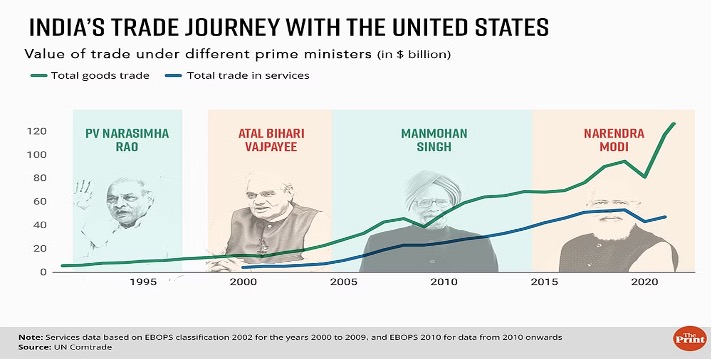
4. Energy and Climate Change
Clean energy has been on the cards for a long time in all the developed and developing countries, keeping in mind the Paris agreement and global consensus, to keep down the emissions. The new and emerging Renewable Energy Technologies action platform is responsible for cooperation in green energy. India and US had pledged clean energy and net zero targets.
After US’s support for India’s decision for net-zero emissions in railways, all the countries are now sticking to environmental standards. US-India Strategic Clean Energy Partnership (SCEP) has developed growth in renewable energy. Engaging private sectors for greater competitiveness and innovation will expand the global market.
As climate change is adversely affecting the agricultural production with poor nations being hit the most, both India and US must adopt policies for food security.
5. Innovation and Technology
The recent visit by PM Narendra Modi to the US has been a positive news indicating a deepened relationship. Signing of MoU between the two countries for semiconductors is a welcome step, significant for innovation and development in technology.
Indo-US quantum co-ordination mechanism
Supply chain agreement for semiconductors
Expanding research and university partnerships
Advances in AI and expanding areas of development and innovation
6. Diaspora and Education
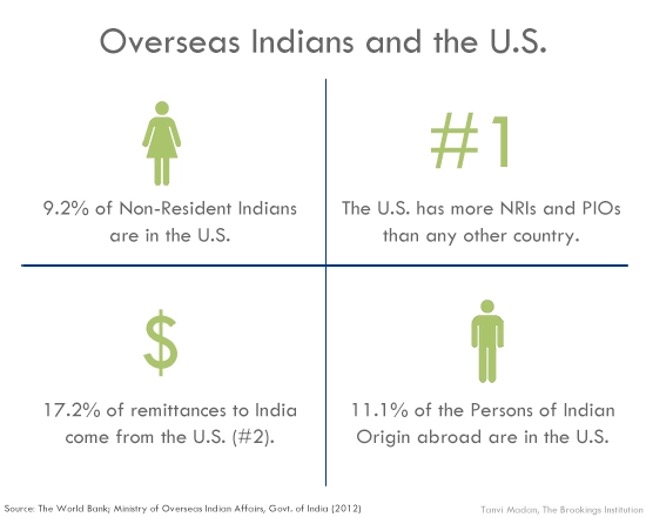
7. Political Sphere
India can opt for multi-alignment instead of non-alignment. Russia-Ukraine conflict and India not taking a stance is not boding well for Indo-US relationship. But to choose between the two is also not the best case for India’s national interest. India must clearly balance and bring diplomacy between the regions and resolve differences to prevent future mishap that may directly or indirectly affect India’s interests. India must take a stance in supporting peaceful settlements and diplomacy, rather than a particular side. India’s policy of Vasudhaiva Kutumbakam has worked well in the past and will serve well for a modern world too.
Written by – Soundarya Shivakumar
Edited by – Monisha Agrawal
